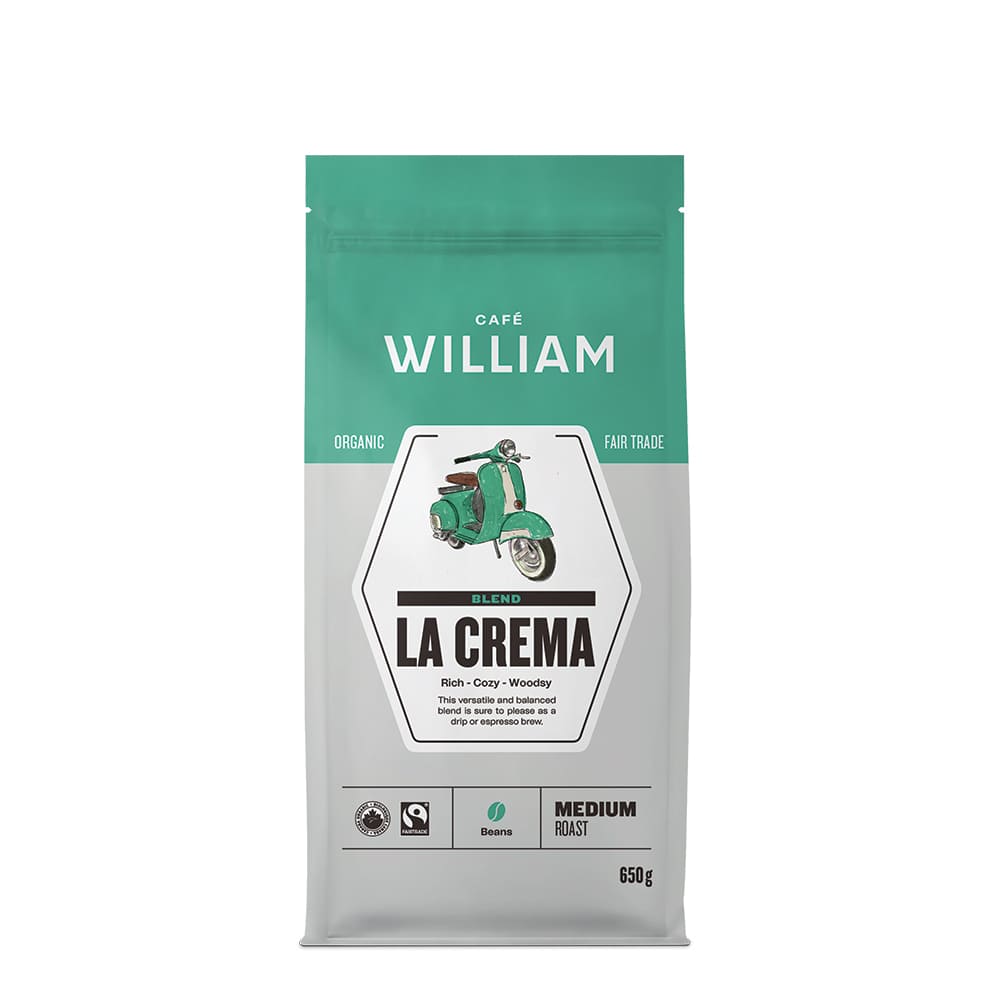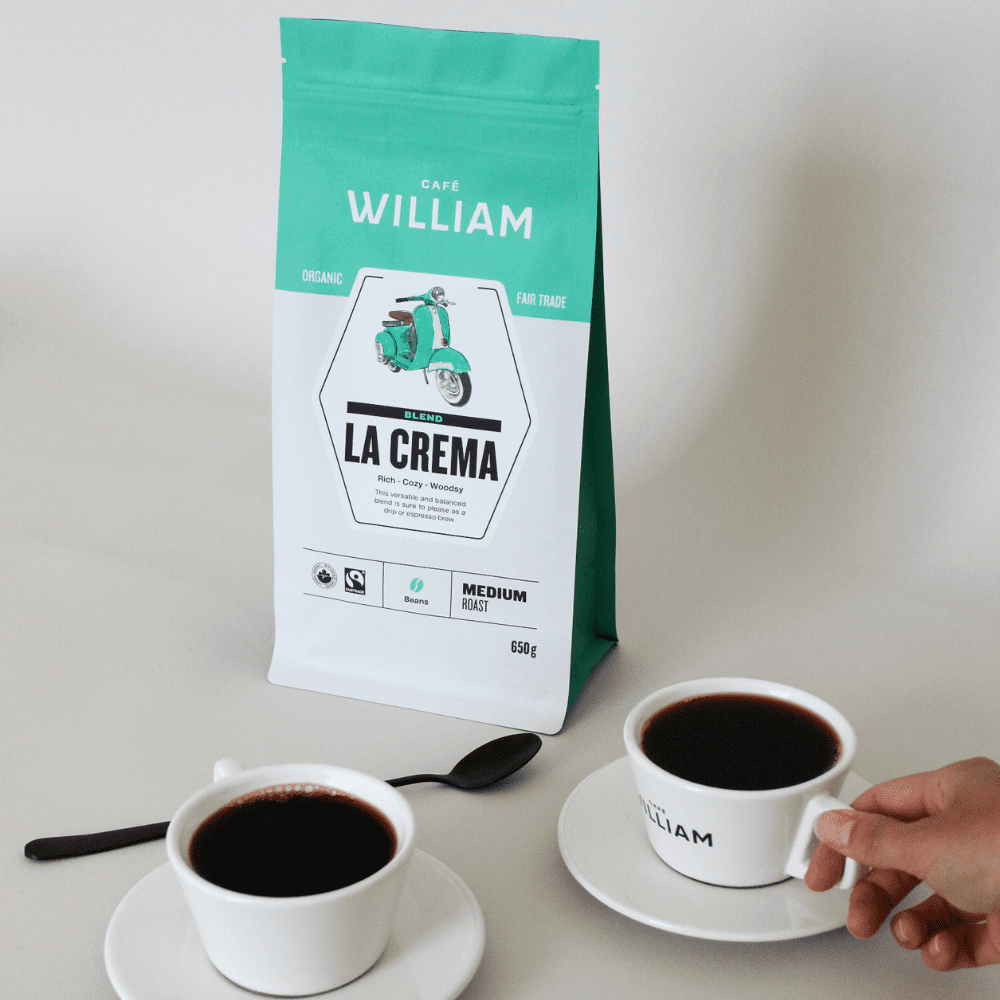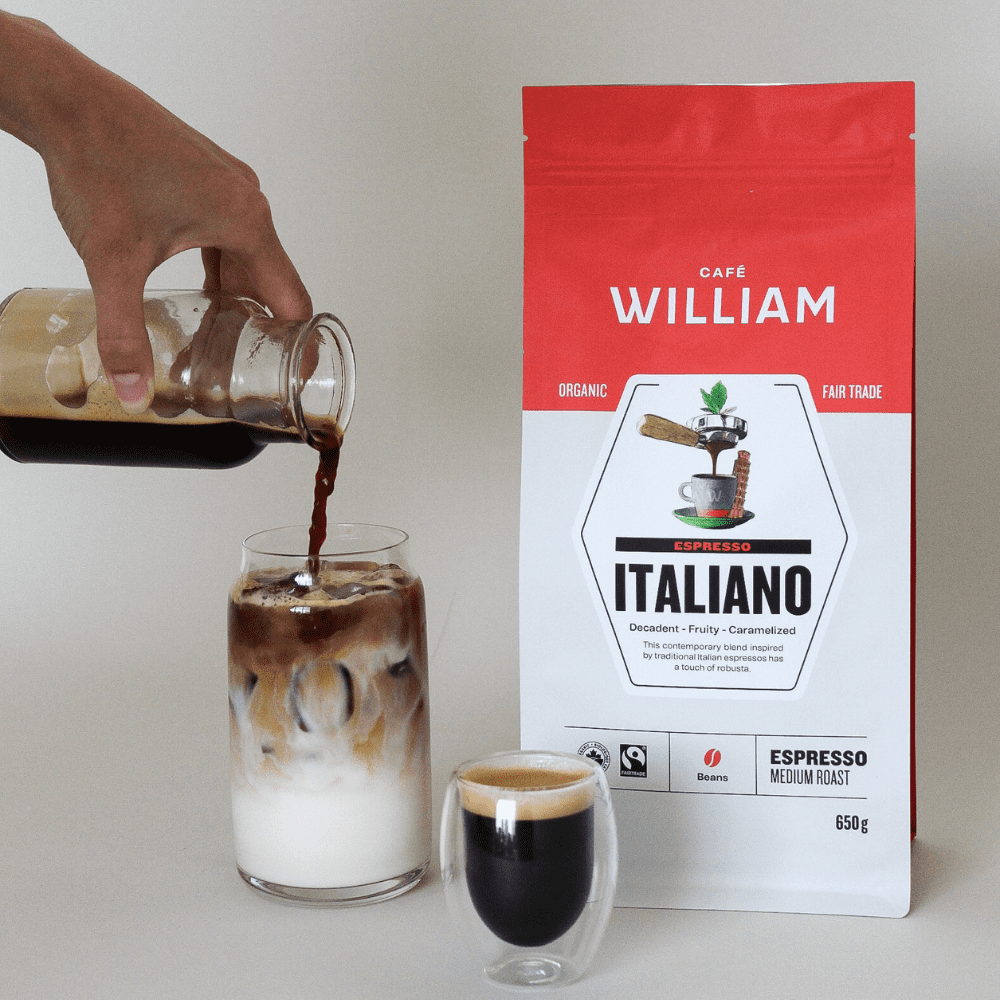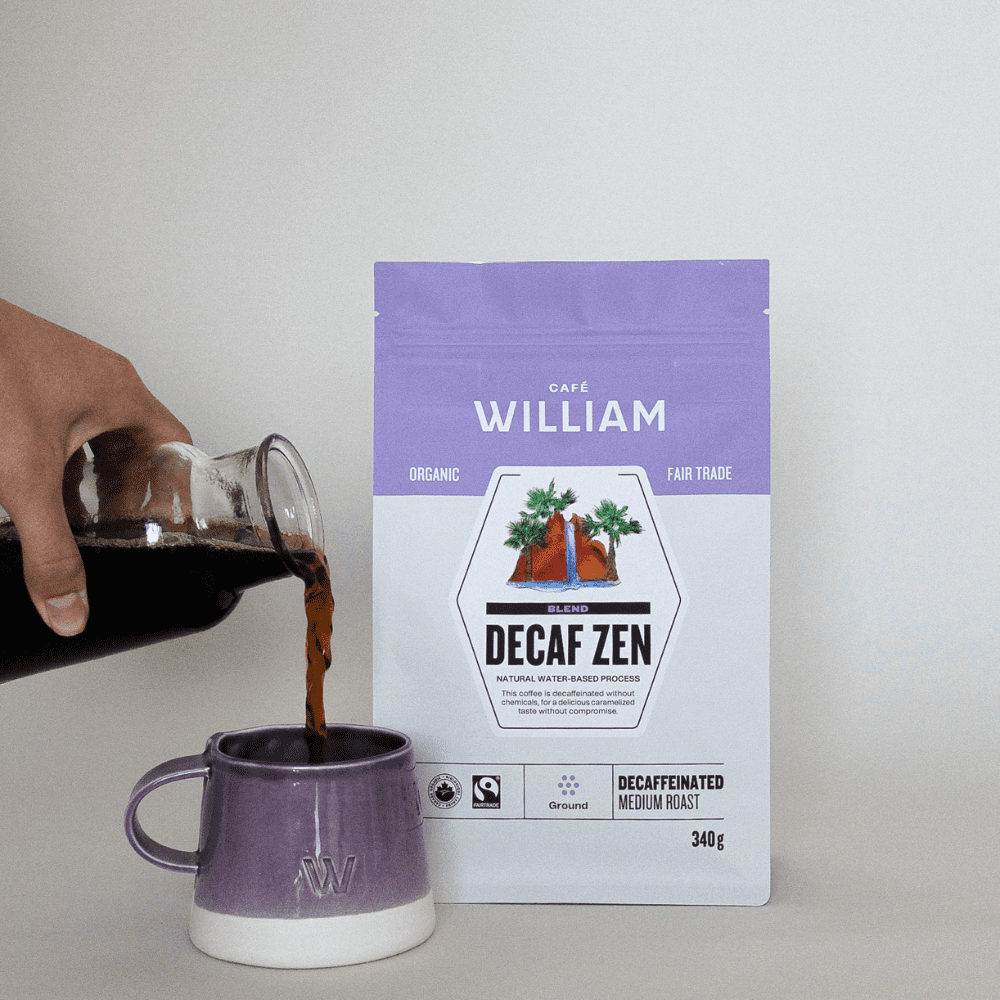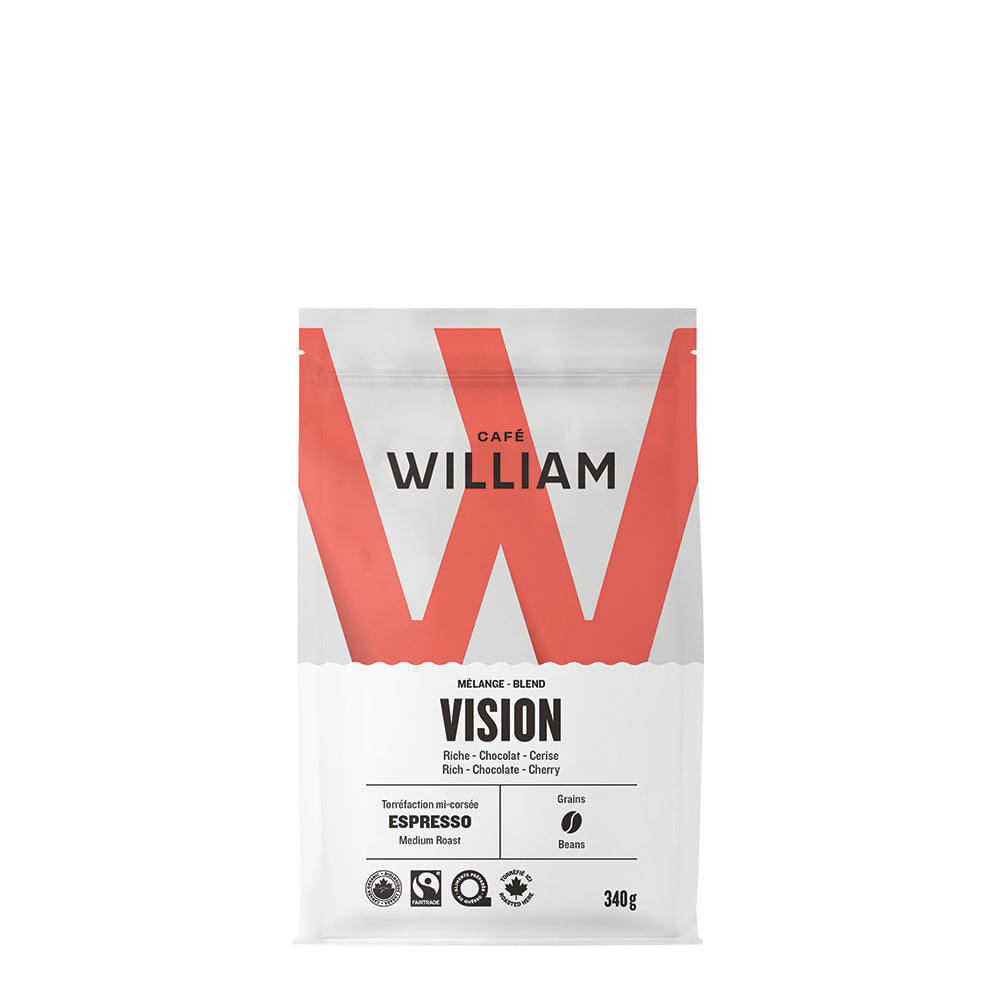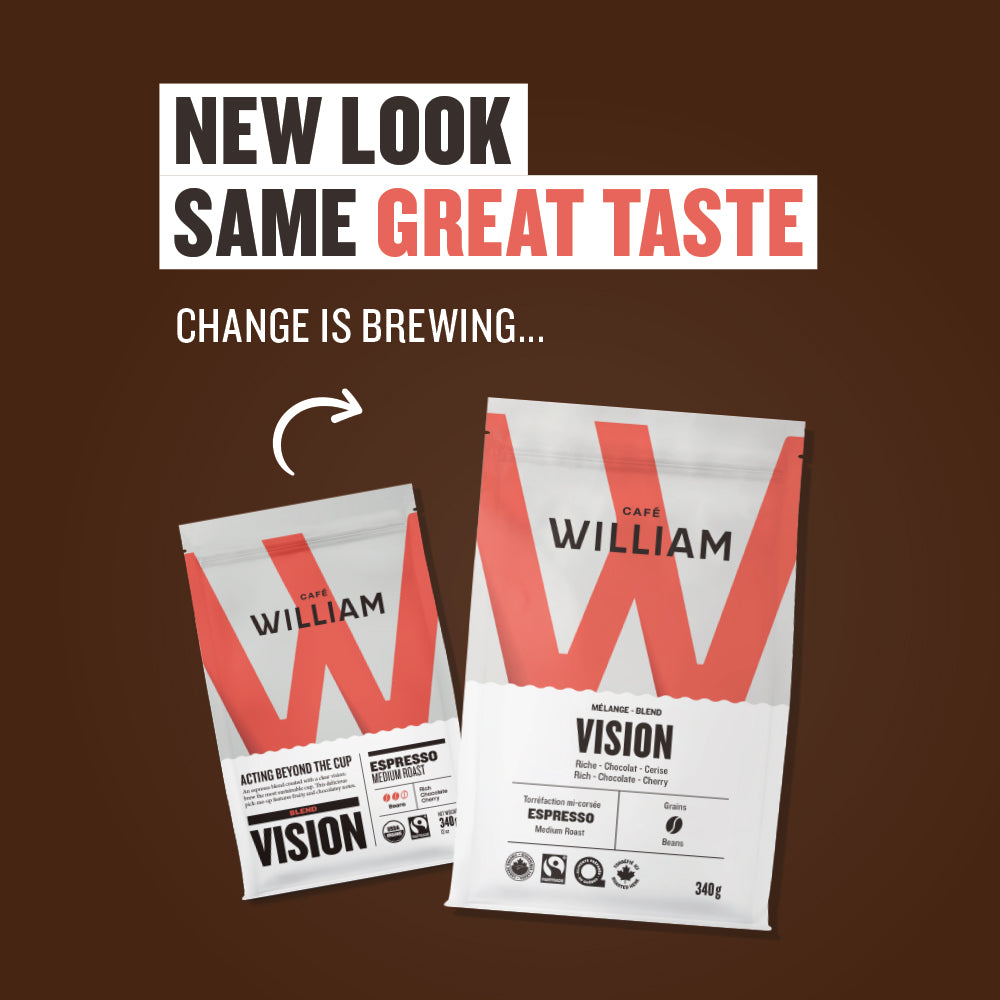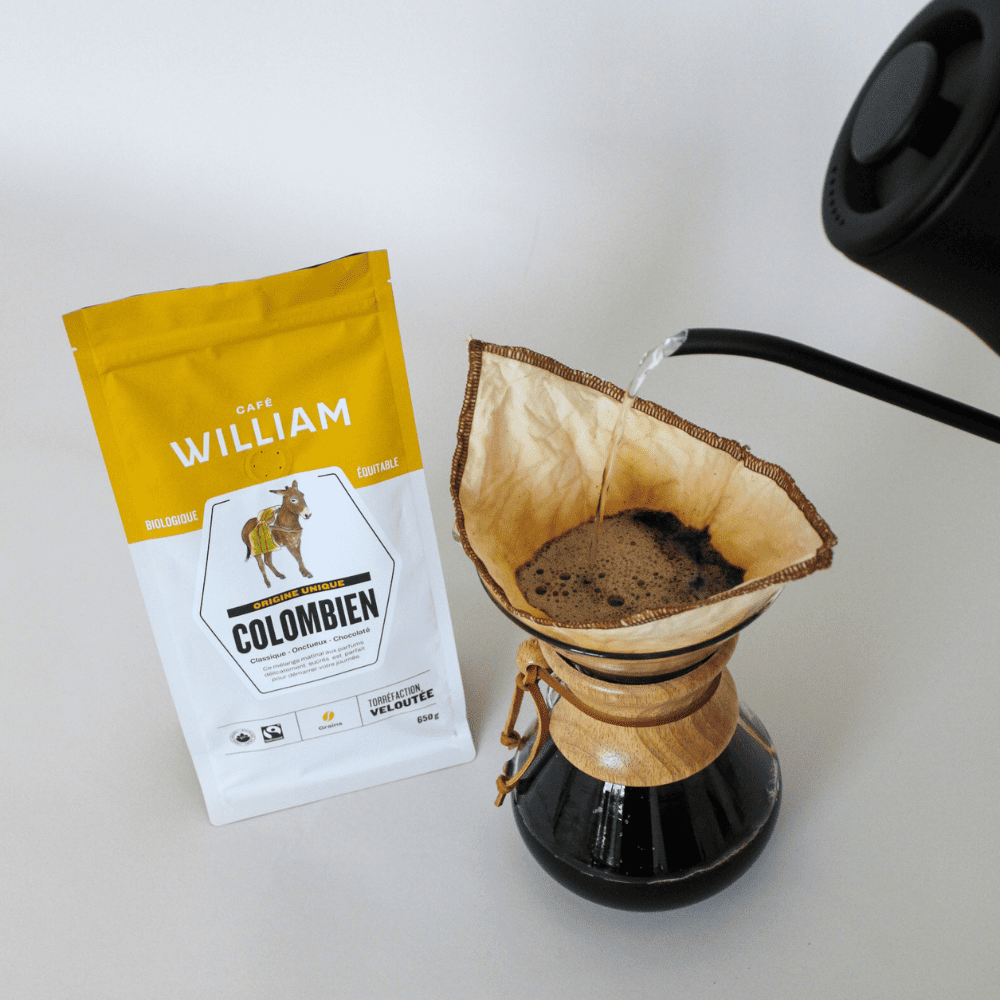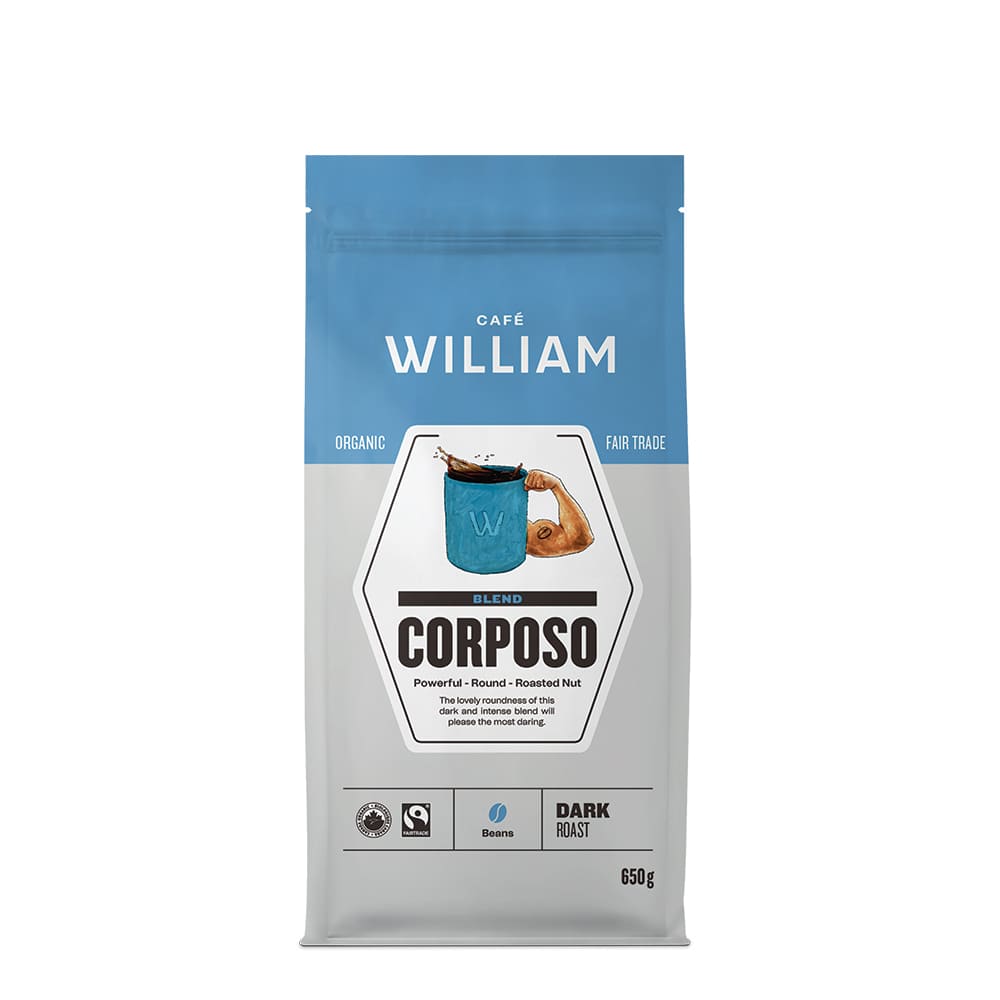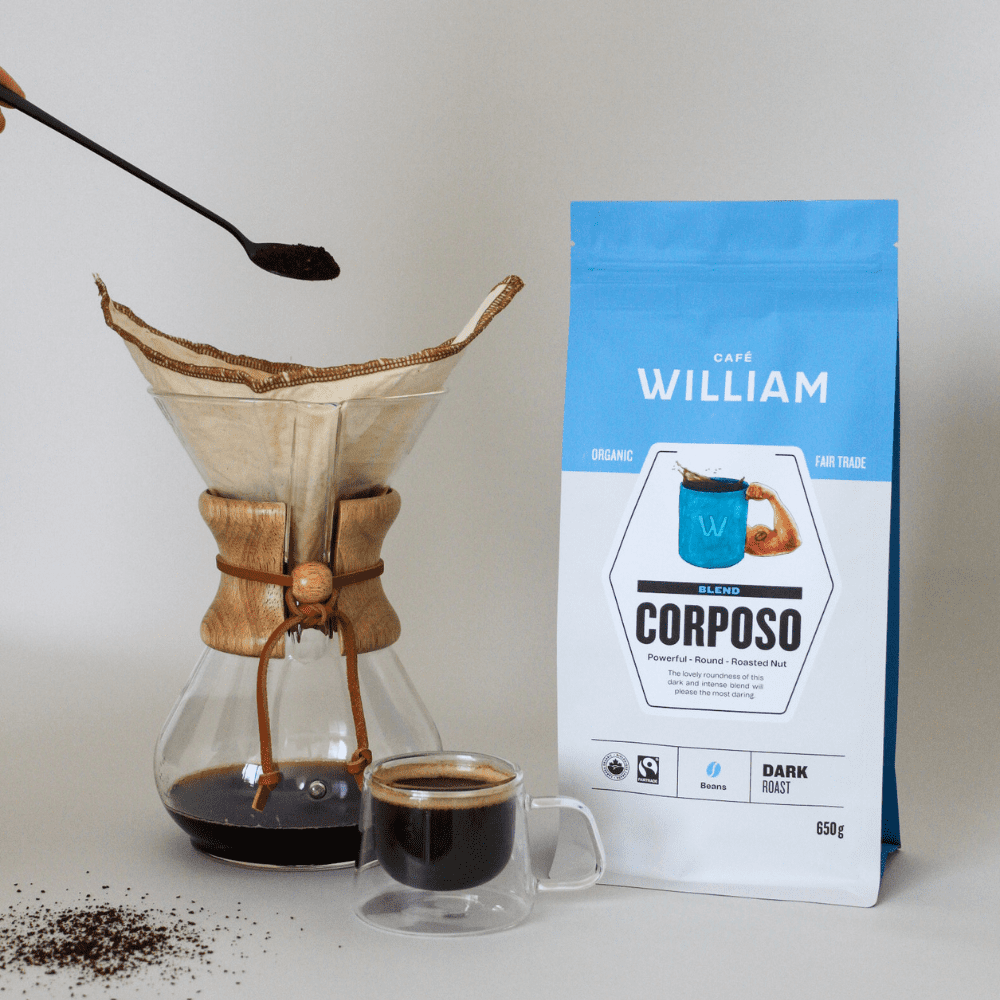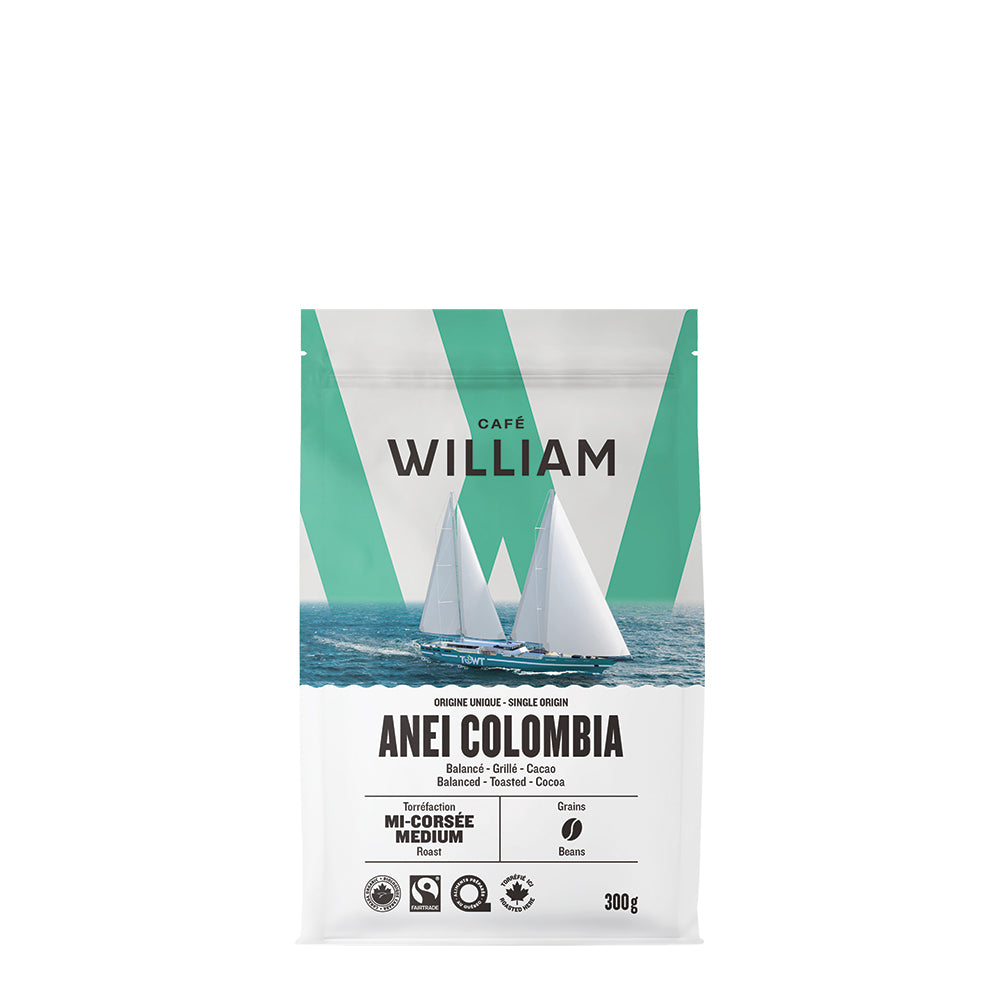
You open your bag of coffee beans, and surprise: the beans are coated with oil. Is this normal? Why is it there, and when should I pay attention to it? It's time to shed some light on coffee oils!
The coffee bean, a sensitive little being!
The coffee you consume every day is not an inert, lifeless food! On the contrary, it is a sensitive food, and although it is often forgotten, it does come from a tree. Indeed, the coffee bean comes from the cherry of the coffee tree. Depending on its origin, the temperature at harvest, the humidity or the time of year, its characteristics can change (like any other fruit from a tree, by the way!).
The coffee bean also contains several chemicals like sugar, amino acids and caffeine, of course. It is quite responsive to temperature changes, as evidenced by the roasting process.
Sudden changes in temperature, such as going quickly from very cold to very hot or vice versa, can also greatly alter the level of oil on the bean. The taste of the coffee, however, should not be affected.
What about oil?
Coffee oil is not necessarily a sign that the coffee is old or of poor quality. The oil is naturally present in the bean, and is extracted during roasting. After the second “crack” (the bean literally cracks under pressure), or after about 16 minutes of cooking (see our blog about roasting), the oil begins to work its way to the surface of the bean. This second crack occurs when, in the middle of the bean, the oil changes from the liquid phase to the gas phase. The gas created pushes the oil to the surface.
Dark Roast Coffee
A dark roast coffee, roasted longer, will therefore tend to develop more oil than a less roasted coffee, because it is cooked beyond the second “crack”. Corposo, for example, is a dark roast coffee.
Light Roast Coffee
A light roast coffee, roasted for a shorter time, will tend to be less glossy because the oils in the bean will not have been heated enough to reach the surface. In our collection, Kenya AA is a light roast, just like our other yellow bags.
The oil that comes out of the coffee is therefore not abnormal: it is simply a property of the coffee roasted longer!
So when do you want to avoid oily coffee?
As explained above, a dark roast coffee is usually more oily. In fact, more precisely, a fresh dark roast coffee is more oily. Over time, the oils can evaporate and the beans become drier.
Less roasted coffee will have little or no oil when fresh. If the beans of a light roast coffee are more oily, it's probably because it's not very fresh anymore, and the oil has made its way to the surface.
When shopping for your coffee, make sure you have an idea of the roasting level. This way, you will know what to expect when you open the bag!
I pay more attention to oils when ...
... I have an automatic espresso machine! Indeed, an espresso machine with a built-in grinder can be more finicky. Usually, a more oily coffee will tend to stick to the walls of the grinder, which could damage the machine in the long run. This is why we recommend that you take care when using dark roast (therefore more oily) coffees for this type of machine. If, of course, you use a bold coffee, know that you will have to make sure to carry out regular maintenance and frequent cleaning of your machine in order to avoid unpleasant surprises! We suggest you read our blog article about this specific subject right here.
We recommend our espresso blend Italiano. A favorite of our espresso range, complex and delicious on the palate. This espresso has a light roast, so it’s ideal for your automatic machine.
There you go, you now know your daily coffee bean a little more! Stay an informed consumer and think further by learning more about the different origins and methods of infusion, and what is most appropriate for you and your personal taste.





